What Hi-Fi? Verdict
If you’re in the market for a tablet for movies and music on the go, there isn’t currently anything better out there
Pros
- +
Excellent all-round video
- +
Solid, weighty audio
- +
Big, HDR-compatible screen
Cons
- -
Awkward speaker placement
- -
Mini has higher pixel density
Why you can trust What Hi-Fi?
The iPad Air occupies an unenviable position in Apple’s tablet range. It’s the model with arguably the least obvious USP – the standard iPad is cheaper, the iPad Mini is smaller and the iPad Pro is for professionals.
So, what’s the Air’s big selling point? It’s not the thinnest iPad, nor the most stylish (on both counts, that’s the iPad Pro 11in), but what makes it special is that it represents the true sweet spot in the current range.
It has a better screen than the entry-level iPad, a bigger screen than the iPad Mini, and it’s cheaper than the Pros. If you’re a content consumer, rather than a content creator, this is the perfect tablet.
Features
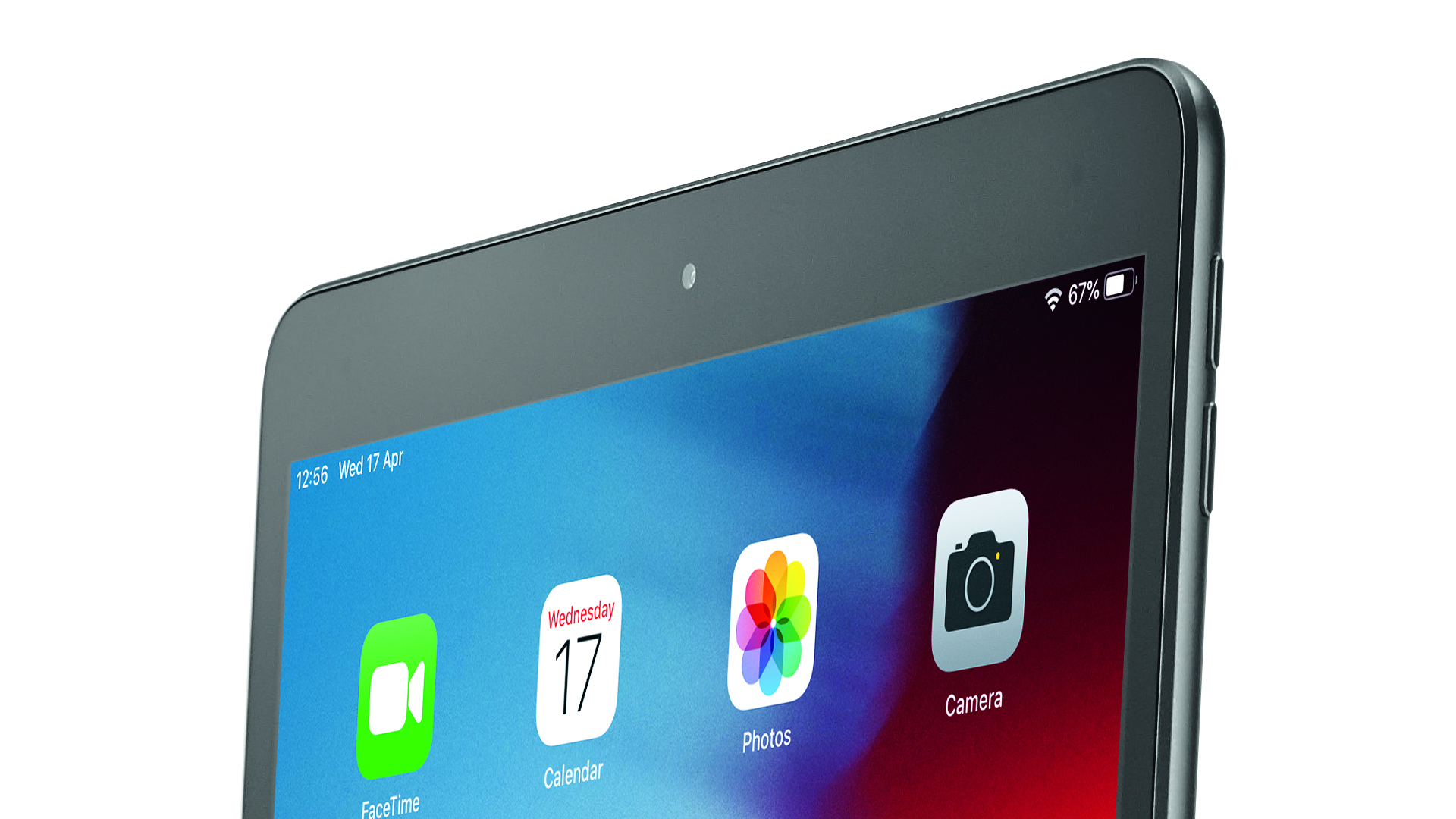
At first glance, the iPad Air is more or less indistinguishable from the standard iPad.
The Air has identical height and width measurements to the iPad, it also features a ‘home’ button integrated into the bottom bezel and a tiny camera in the top, and has a larger camera in the top-left corner of the rear.
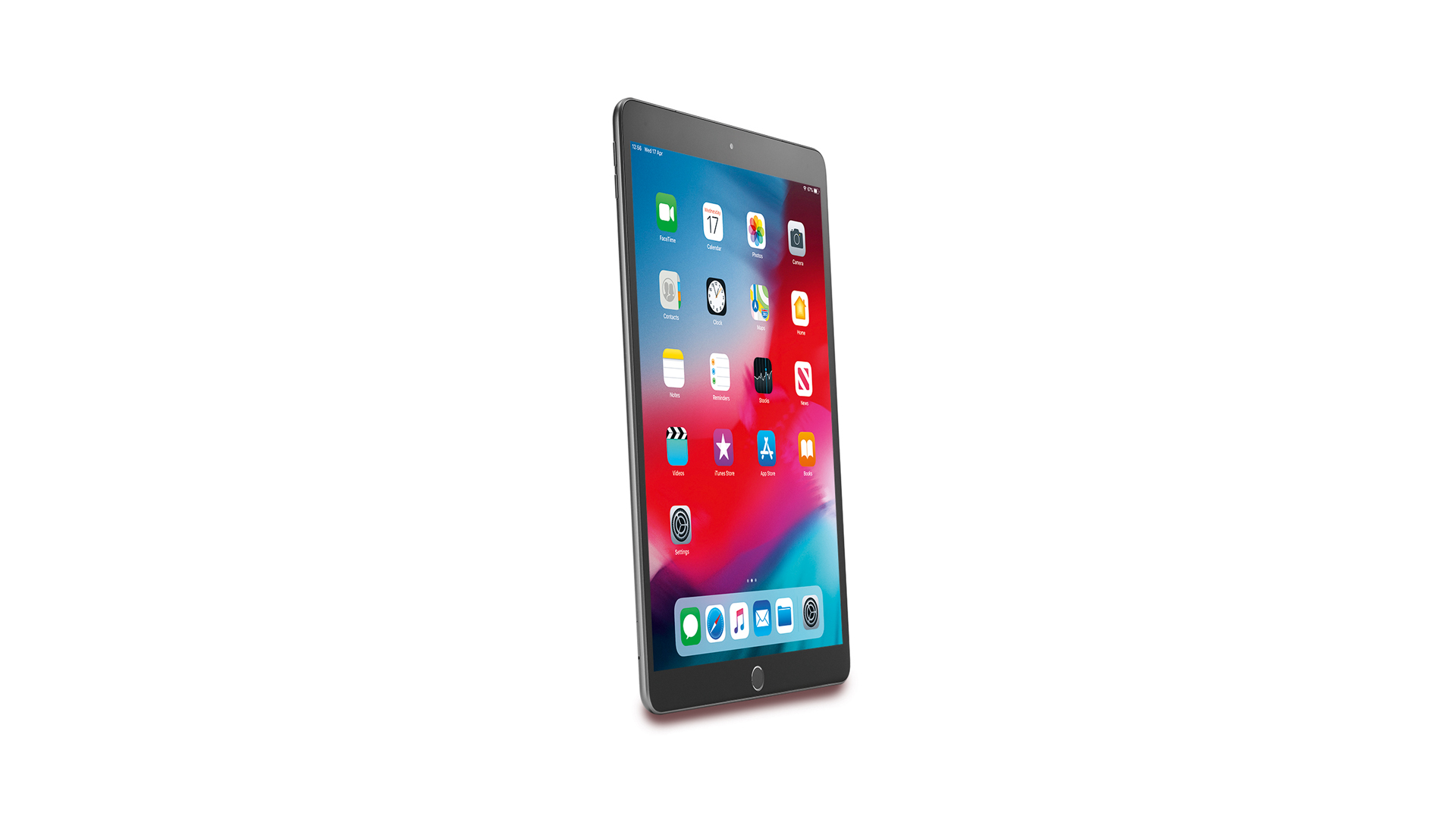
Display 10.5in
Resolution 2224 x 1668 (264ppi)
Processor A12 Bionic
Front camera 7MP
Rear camera 8MP
RAM 3GB
OS iOS 13
Storage 64GB / 256GB
Button placement is the same as on the iPad, ditto the 3.5mm headphone jack, and both have a Lightning connector flanked by stereo speakers on the bottom edge.
Look closely, though, and you’ll see that the Air’s front bezels are just a touch slimmer than those of the standard iPad. That’s because the screen has expanded from 10.2 to 10.5in without the device getting any bigger.
The only measurement that has changed is depth – the Air is 6.1mm thick as opposed to 7.5mm – and it’s about 30g lighter, too.
While the iPad Air’s screen is a little bigger than that of the standard iPad, the resolution has been increased in order to maintain a pixel density of 264ppi. It also gains full lamination, an anti-reflective coating, wide colour support and True Tone, making it more usable in bright conditions.
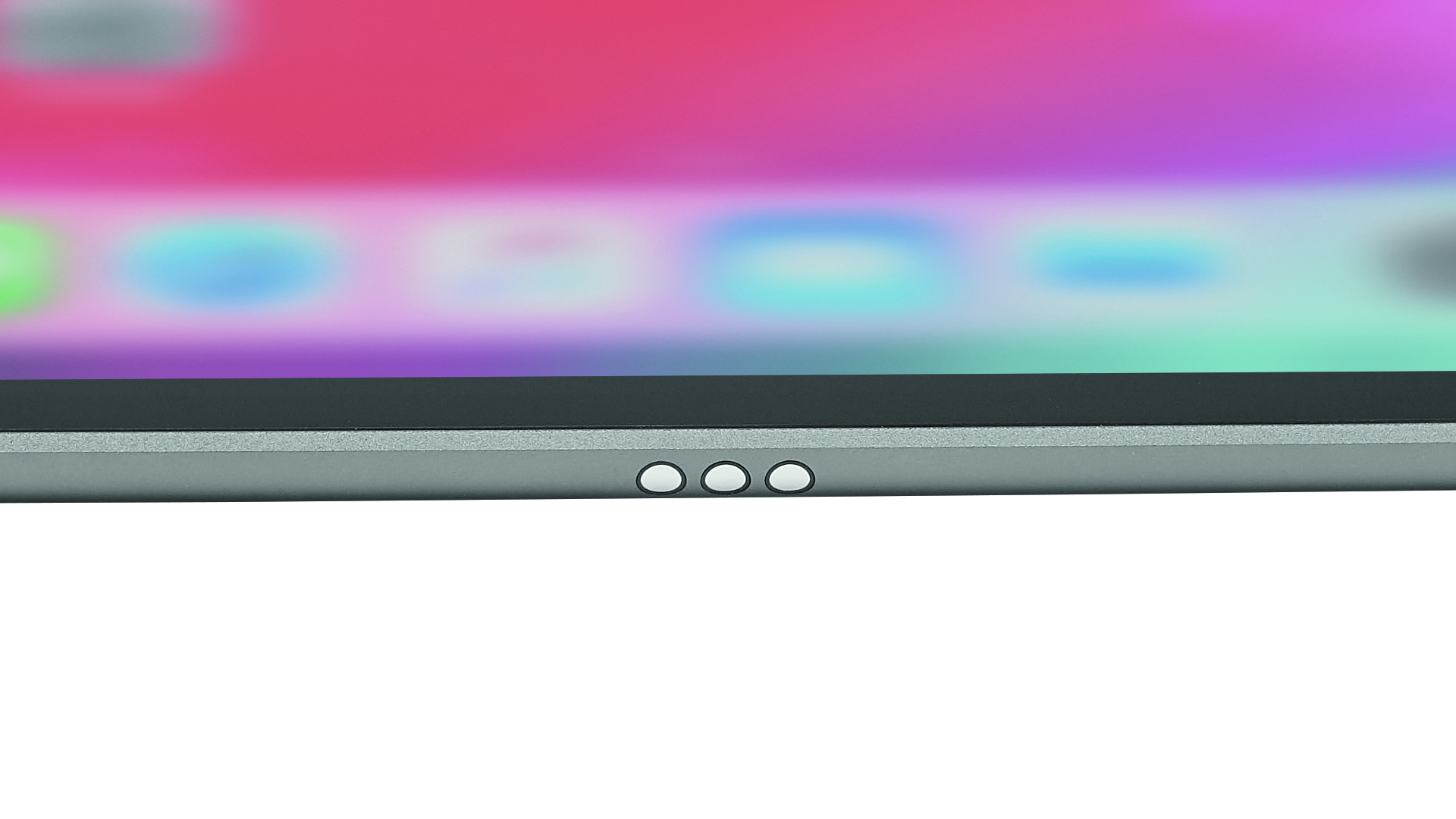
The Air supports HDR (including Dolby Vision), and its brightness and colour performance can be set to automatically adjust to ambient lighting. It’s worth pointing out that all of these screen features are also available via the iPad Mini (which also has a higher pixel density of 326ppi), but that model’s display is significantly smaller than the Air’s.
Unlike the standard iPad, which has to make do with an older processor, the iPad Air (and Mini) gets the newer A12 Bionic chip. Though no current iPad feels slow in use, you can expect an A12-powered model to feel snappier for longer.
All current iPads now run iOS 13, which will be familiar to anyone who uses an iOS device. This most recent version is focused on improving performance and efficiency, but it also introduces niceties such as Dark Mode, which gives the whole interface a moody and less intense makeover, and an overhauled Photos app.
It’s not a huge departure from previous versions of Apple’s operating system, but iOS remains a fluid and intuitive platform that’s jam-packed with apps.
Picture
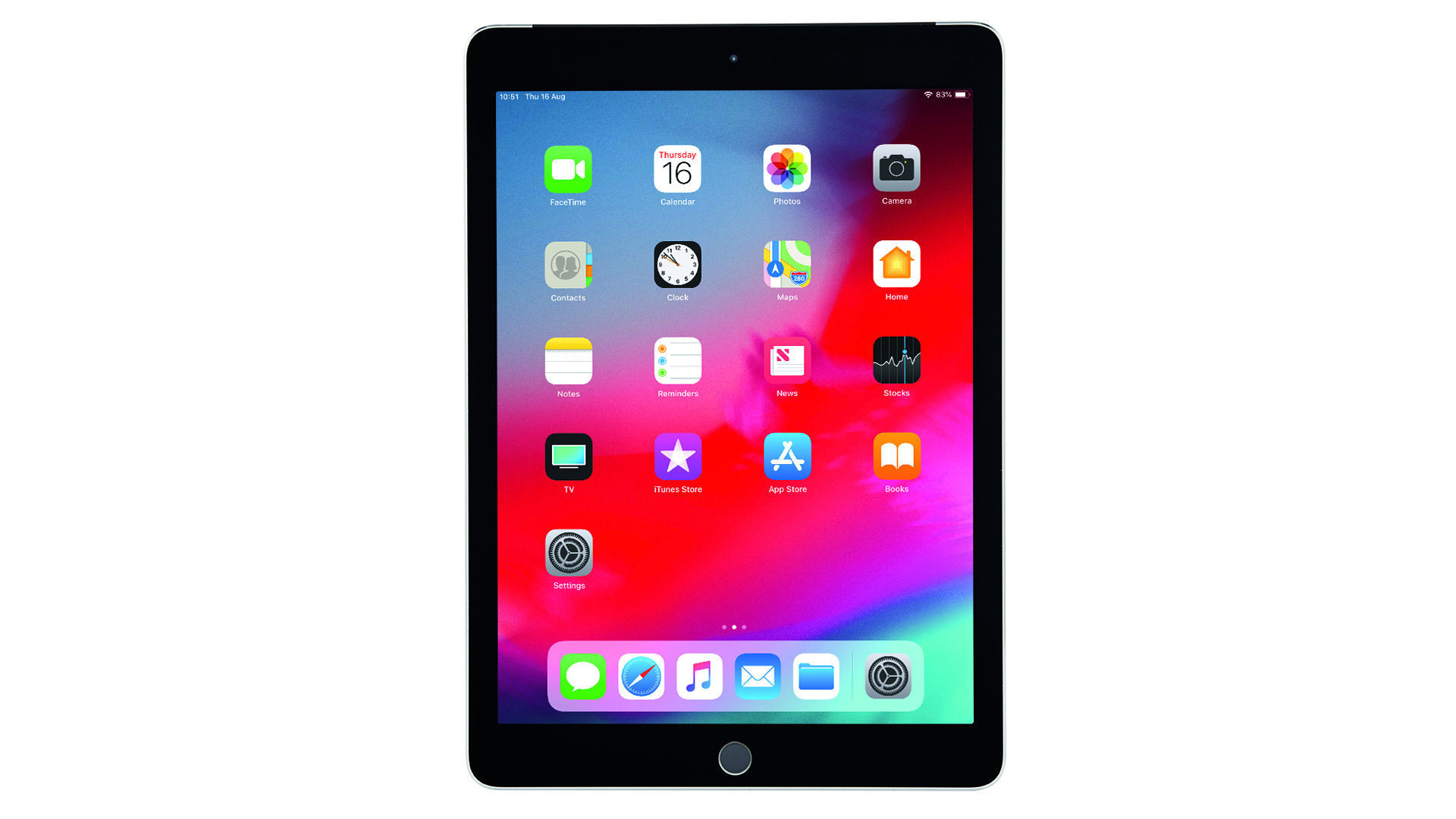
Heading straight to the Apple TV app and its peerless pay-as-you-go selection of 4K HDR films, we select Once Upon A Time In Hollywood and are immediately impressed. The opening montage of Bounty Law clips may be monochromatic, but it still gives a great sense of the sharpness, detail and punch offered by the iPad Air.
It’s just such a crisp and insightful picture, but the old-school grain is also maintained – Tarantino’s blend of new and old cinematic aesthetics is effortlessly delivered by this tablet.
As the ‘real’ action begins (in Dolby Vision, no less), the Air proves itself just as capable with colours, delivering the warm, cosy palette without pushing things into over-saturation.
It also handles the tricky motion of cars cruising LA’s streets and reveals lots of detail in the dark corners of the restaurant in which Leonardo DiCaprio’s Rick Dalton initially meets Marvin Schwarz (Al Pacino).
The Air is a cut above the standard iPad here, and while the Mini’s smaller size and higher pixel density makes it a little crisper in its delivery, the Air’s larger screen makes for the more cinematic on-the-go experience.
We switch to a Full HD download of Raiders Of The Lost Ark and the performance is once again exemplary.
The Mini is still more solid and even a little brighter at times, but the Air is otherwise the same brilliantly judged and controlled picture on a significantly larger scale.
Sound
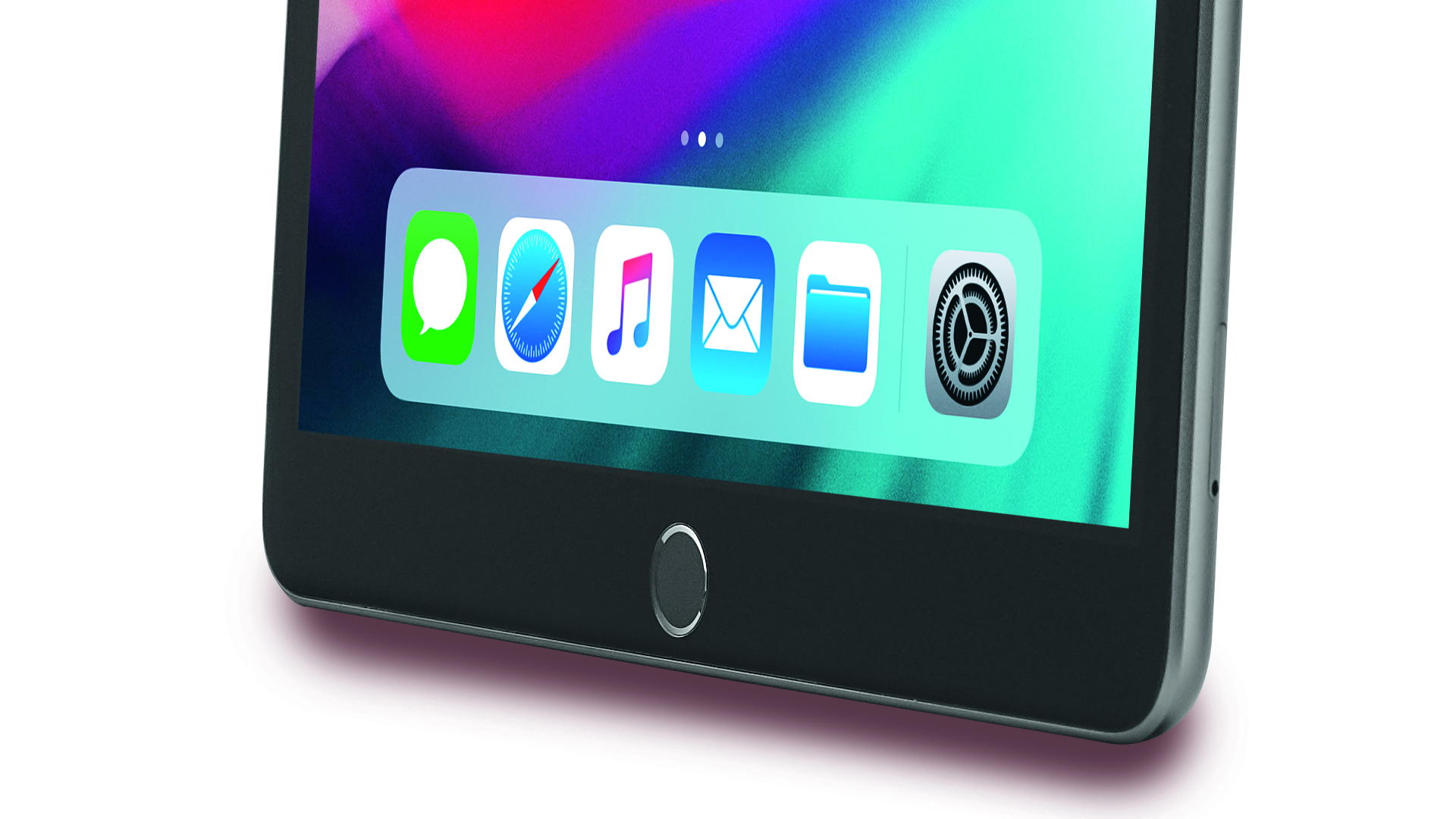
It’s a shame that the iPad Air, like the iPad and iPad Mini, has its stereo speakers on the bottom edge in portrait, as the sound emerges from just one side when you’re watching a movie in landscape, but you’ll probably be using headphones most of the time anyway.
Plug a quality pair of headphones into the Air and you’ll get a brilliantly crisp, punchy and dynamic delivery, one that’s actually more open and weightier than that of the Mini. There’s a deeper and slightly more pronounced bottom end that makes tracks even more solid and authoritative.
We wouldn’t recommend using the integrated speakers for music on account of their tonal narrowness and lack of volume, but if you use them to watch a TV show or play a game, you will at least find them clear and fairly punchy.
Verdict
It might not instantly appear so, but the iPad Air is the pick of the current iPad range. It is more affordable than the Pros and only a little more expensive than the much smaller Mini, and while it does command a fair premium over the entry-level iPad, its better screen and potentially longer useful life more than justify the extra outlay.
If you’re in the market for a tablet for movies and music on the go, there isn’t currently anything better out there.
SCORES
- Picture 5
- Sound 5
- Features 5
MORE:
Read our Apple iPad 7th Generation review
Read our Apple iPad Mini (2019) review
What Hi-Fi?, founded in 1976, is the world's leading independent guide to buying and owning hi-fi and home entertainment products. Our comprehensive tests help you buy the very best for your money, with our advice sections giving you step-by-step information on how to get even more from your music and movies. Everything is tested by our dedicated team of in-house reviewers in our custom-built test rooms in London, Reading and Bath. Our coveted five-star rating and Awards are recognised all over the world as the ultimate seal of approval, so you can buy with absolute confidence.
-
Reply
One like this will be my next iPad.What Hi-Fi? said:This often-overlooked tablet could just be the pick of Apple's iPad family.
Apple iPad Air (2019) : Read more -
mtinhk "If you’re a content consumer, rather than a content creator, this is the perfect tablet".Reply
Not truly...
For about the same price you get a *dazzling* Galaxy Tab S6 -- thinner, lighter, with an HDR10+, higher-pixel-density, Super AMOLED display, 2-3 times more RAM, expandable storage, AKG-tuned quad-speakers, fast charging via included power adapter, USB 3.1
AND an included latest generation S-Pen, for you to engage in productive consumption without needing to fork an additional 120 quid. -
Undisclosed Replymtinhk said:"If you’re a content consumer, rather than a content creator, this is the perfect tablet".
Not truly...
For about the same price you get a *dazzling* Galaxy Tab S6 -- thinner, lighter, with an HDR10+, higher-pixel-density, Super AMOLED display, 2-3 times more RAM, expandable storage, AKG-tuned quad-speakers, fast charging via included power adapter, USB 3.1
AND an included latest generation S-Pen, for you to engage in productive consumption without needing to fork an additional 120 quid.
However the Samsung Galaxy Tab S6 is more expensive (£575 on Amazon, £619 on Samsung's website) vs. £480 for the iPad Air 3.
But here is the cincher: all Samsung devices only get 2 years of security updates. That means if you bought it for £575 off Amazon, then it would cost £287.5/year. iPad Airs (and Pros, but not the standard iPads) normally get 5 years of security coverage for £480, so that would cost £96/year. The iPad is FAR cheaper and you would be wasting your money by not going for Apple, but only if you have the attention span to use the iPad Air for 5 years. If the iPad Air needs a battery change then get one (not through Apple). Even after the battery change it would probably work out cheaper.
However, security updates are important only if you have any sensitive info on there. If you have ever linked your bank details to pay for something, then check to see if you are running on up to date security. This needs to be the latest version of Android or iPadOS/iOS. If you are running an Android device that is not running Android 10 (currently the latest version as of writing) then you need to IMMEDIATELY get rid of that phone/tablet.
If it is for entertainment only then fine, run it on outdated Android, but don't log in to anything that you would mind being hacked, and don't put any personal photos on there.
Unfortunately that's what you get for sticking with Samsung. 2 years only and a more expensive price per year. There is no point having 8GB RAM which would be enough for years to come if you can't use it for very long (safely).
And no, manual patching to update Android is not an option for those of us with jobs.

